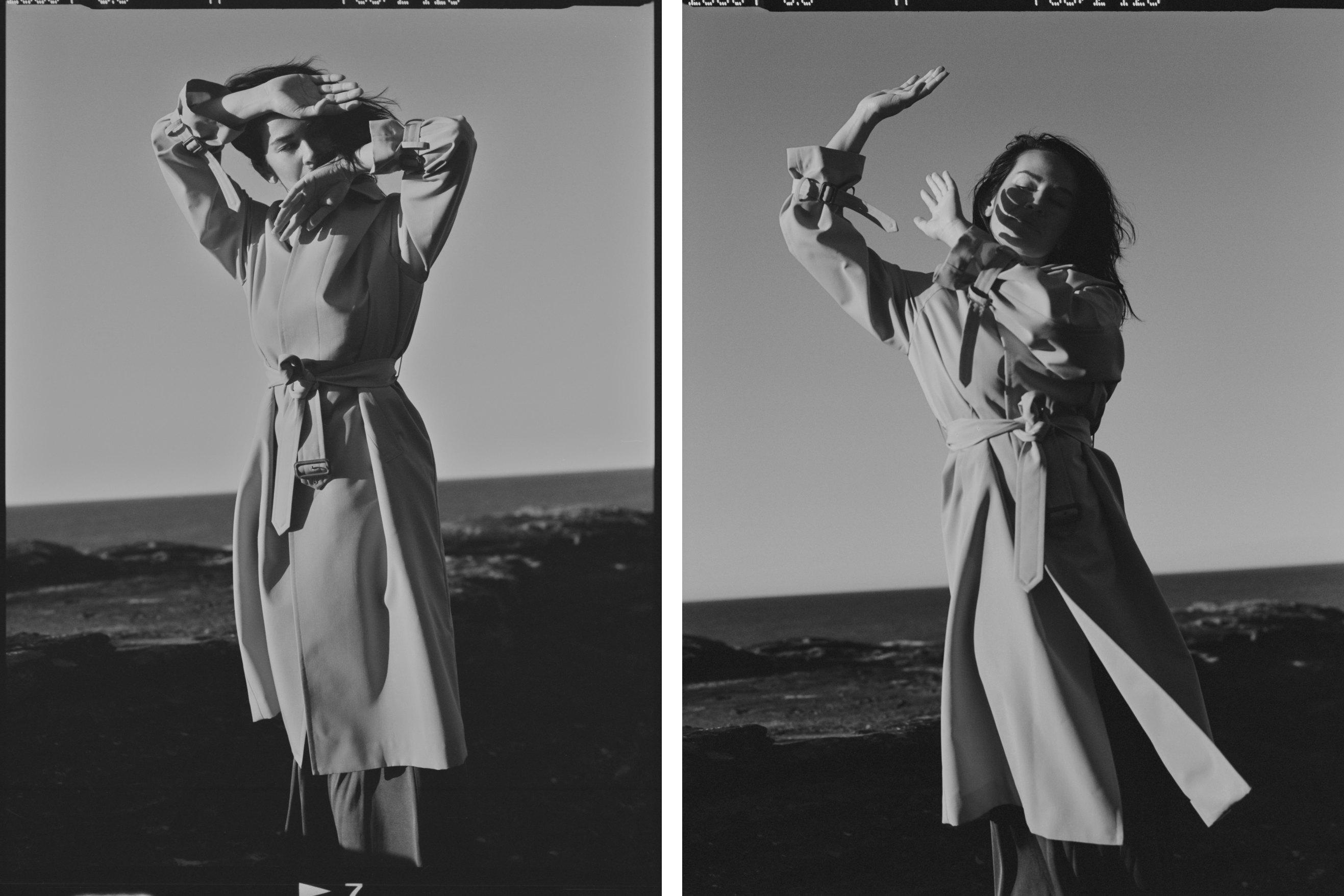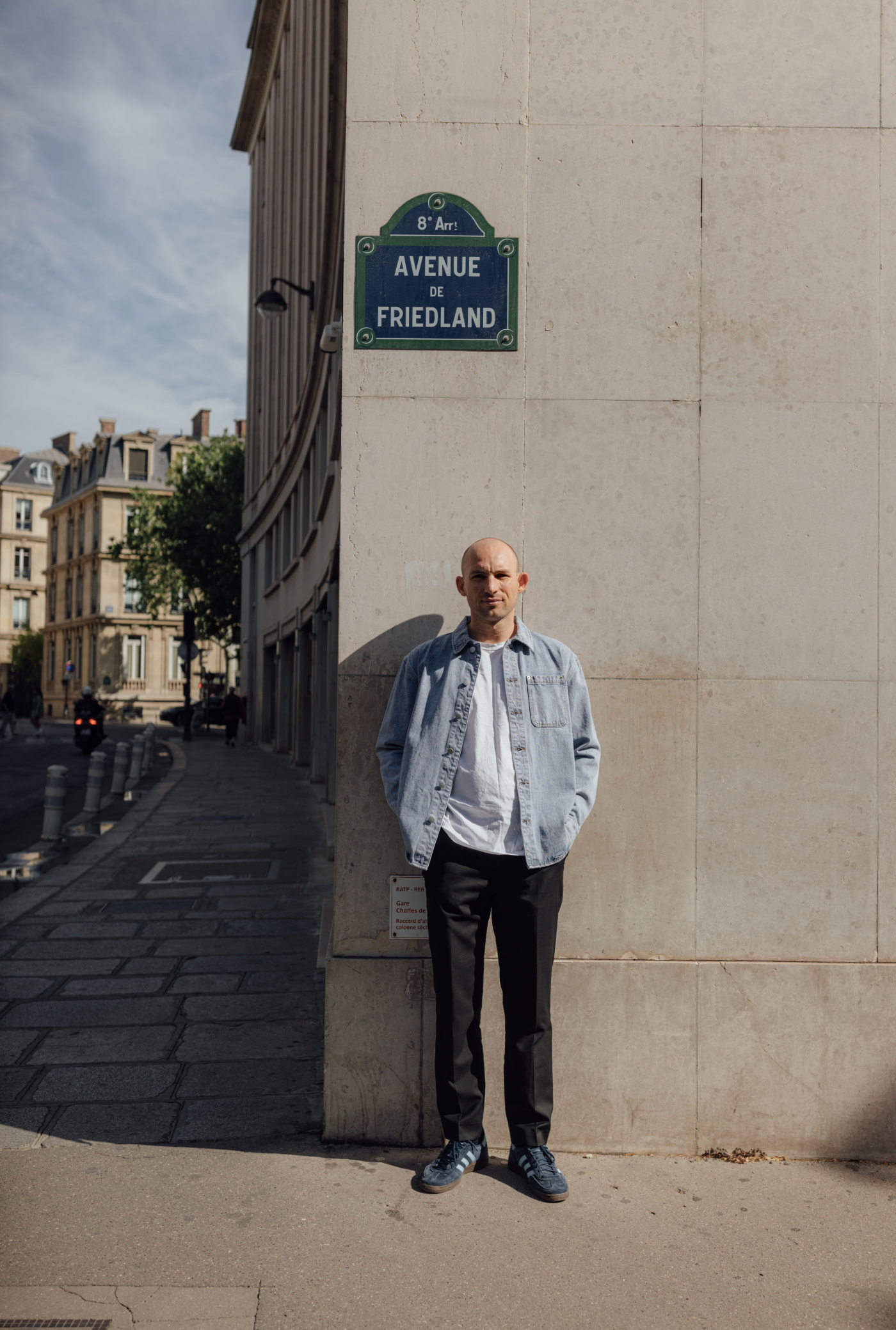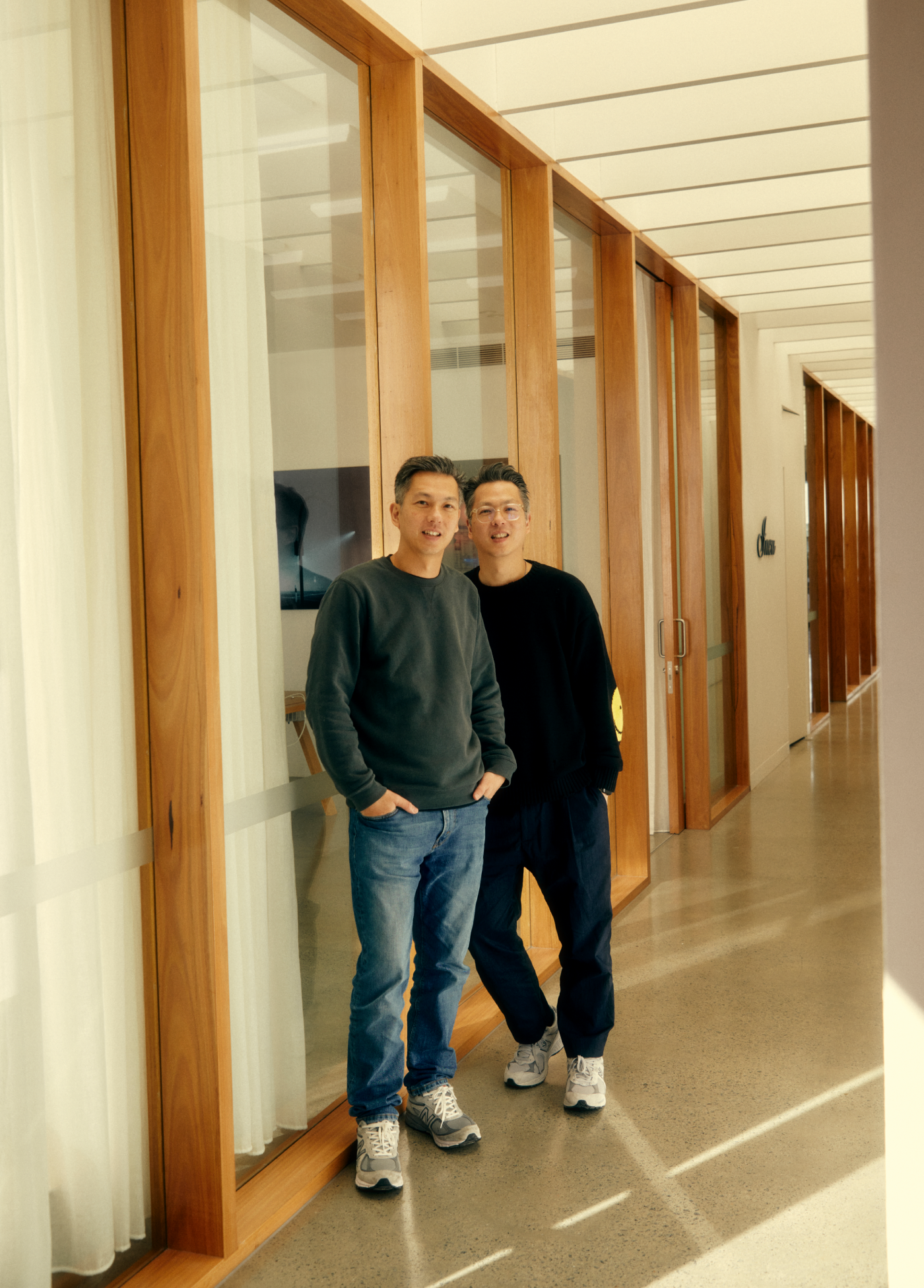
Amrita Hepi is an award-winning interdisciplinary dancer and choreographer from the Bundjalung (Australia) and Ngāpuhi (New Zealand) territories. Amrita’s impressive body of work built over more than a decade has seen her collaborate with leading cultural institutions around the world, exploring dance as a social function, as well as the body’s relationship to personal histories and archives. We had the honour of spending a brisk Sunday morning with this singular creative, and captured ephemeral moments of movement as the sun rose over the cliffs of Gooriwal (La Perouse).


Hey Amrita. We know you’re about to jet off overseas — where are you heading?
Hello! I'm headed to Italy first — the South, then the North — and then Austria, Germany and Switzerland. For leisure first and then for a bit of work.
Do you find travel often provides inspiration for your work or is it more an opportunity to recharge in between busy periods?
It’s both, with one thing trying to get the jump on the other.
Can you tell us a little bit about your history with dance and choreography?
My interest in dance was initially piqued through the communities I grew up in. From a young age, I was busy with it in some way, or at least that’s my memory of it. I liked the feeling of it in my body, I liked the command of it: rehearsals, repetition, dreaming, imitation and initiation. That you had to focus, but not too much otherwise you’d undo the magic. It felt and still at times feels like the best vessel I know for world-building. I did not think it would be a lifelong pursuit.
After studying overseas and working as a dancer in various company and commercial contexts, my interest in choreography expanded. Over the years I would say it's come to encompass lots of forms outside of what we might consider to be “dance”. But my understanding of how to make work — whether it be a photograph, video or within the theatre — is formed through a practice of dance and choreography. The definition of choreography, to me, being: the organisation of time and space.
Today your work often explores the social function of dance. Can you expand on this idea and how it’s translated into performance?Within different public and private spaces, a social contract is set up. [It’s there] when we go into a theatre, when we’re in a gallery, when we’re on the bus …
I’m interested in looking at how dance and movement function in different public spaces and how it carries social memory when we do it. For example, why does moving the hips and pelvis make something seem sensual? Do people make assumptions about folk dance being easy? It’s then about manipulating that social memory to make work.
In my practice, I observe social setups, class divides, beauty, and power structures and I also like using myths or origin stories as a way to set contemporary context. “We treat her better because of her beauty, his money, their authenticity and their trust fund.” That sort of behaviour — preferential treatment, authenticity dilemma, social capital, VIP area, myths, evidence, who gets to tell the real story — and, moreover, how that mythology sticks and why.
When I think about the last few works I’ve made, they include RINSE, a dance work about never-ending beginnings of scenes, myths and beliefs, and how we place ourselves in relation to them. Also, The Anguilla Pursuit, a video work loosely about eels, wherein I am playing a symbolic eel but ultimately talking about migration, access, biological memory, and the urgency of survival and resilience against all odds. From this probing of questions comes the accumulation of an archive — bodily, social and material.

Can you talk a little bit about your relationship to country and the natural environment? Is this something that also shapes your creative practice?
I live in between Gadigal and Wiradjuri country; I am from Bundjalung and Ngāpuhi countries. To me, the idea of country extends beyond just the natural environment; it's about a relationship that cultivates culture. Inevitably it infiltrates into my practice. But there isn’t a hierarchy about what’s more or less in there.
Has there been anyone in particular who has been instrumental in the development of your practice, and/or any collaborators who you’ve worked with regularly over the years?
[The dance company] Marrugeku definitely shaped a way of thinking. Janet Jackson and video clips on Rage in general. My producer Zoe Theodore who shapes my concepts and logistical thinking. Recently I have enjoyed working with Tilly Lawless and Frances Barrett on a new work called The Read and that’s been shaping me as well, in particular the candid and critical conversations about desire.
How does choreographing or dancing in a piece with multiple performers change the way you approach the work?
Both start in a similar way but then grow with the scale of the image. When I’m working with lots of performers I like to know how I’m going to structure my days with them and am very conscious of setting the tone in the room for a fast and relaxed pace, which is not necessarily what the work is at the beginning. Whereas with solos — of which I have only ever made one myself — I need directorial help so I can have eyes outside of myself. While I may be the only performer on stage, it’s driven by a network or web of people around me.
What role do clothing and costuming play in your work?
Hmm, I wish I thought about it more from the start but I don’t. I think about it in relation to bodies. We can't escape our bodies. Bodies are suitcases for our consciousness, but who's this suitcase by? What label? Which designer? It could be a Mulberry or a Kelly or a Vuitton or a Vans backpack or a Kmart plastic bag or a Zara tote. Bodies sometimes say too much, but bodies can also deceive, confuse us, disappoint us, misguide us. Long-winded answer for: I love costuming but I think about what the body can say first and then how clothes and costuming extend upon that.
What are you most looking forward to for 2023?
Premiering RINSE at Carriageworks in October, and then Open Poses as part of Primavera at the Museum of Contemporary Art in November. Writing more, swimming and free-diving, catching a fish and cooking it for my friends to eat, moving to Bangkok with my partner, Rising Festival 2023, working with stunt doubles, hopefully singing more with Jonnine from HTRK and trying to learn Thai.



